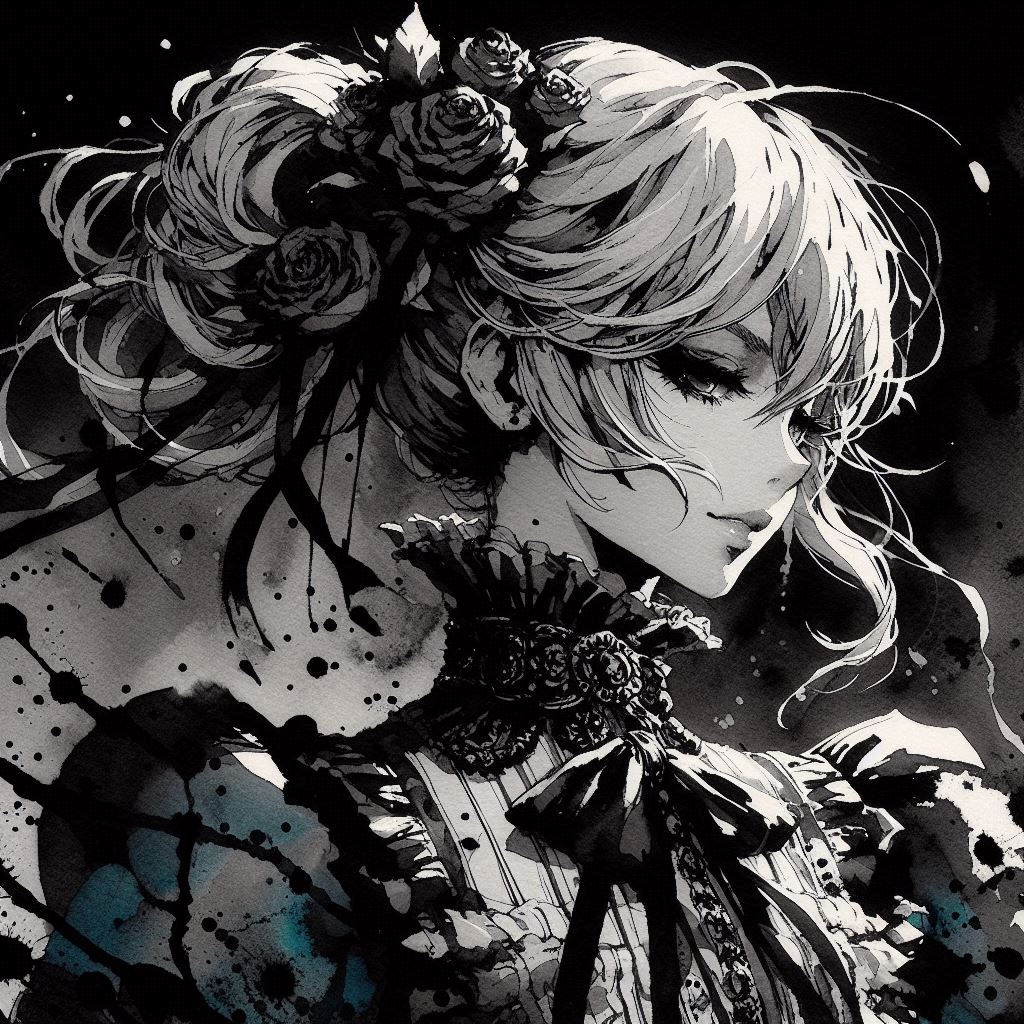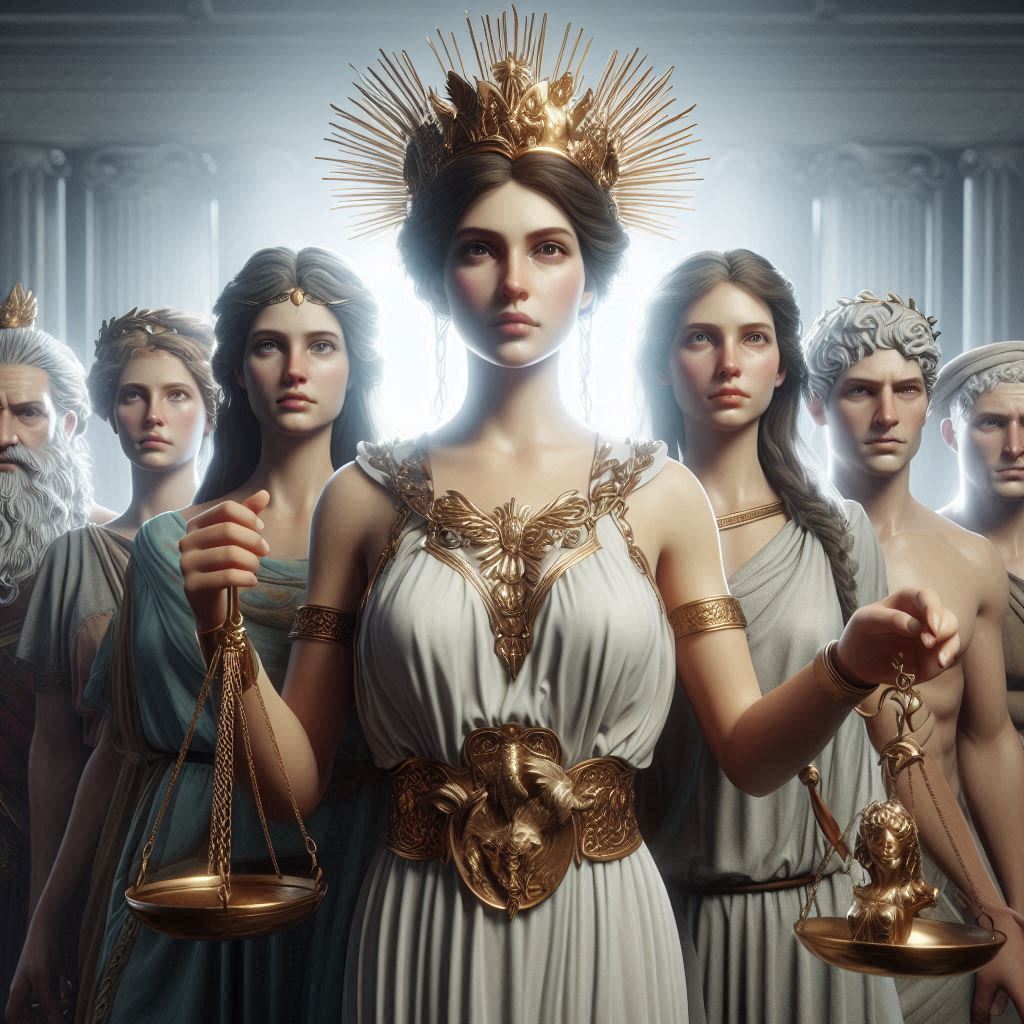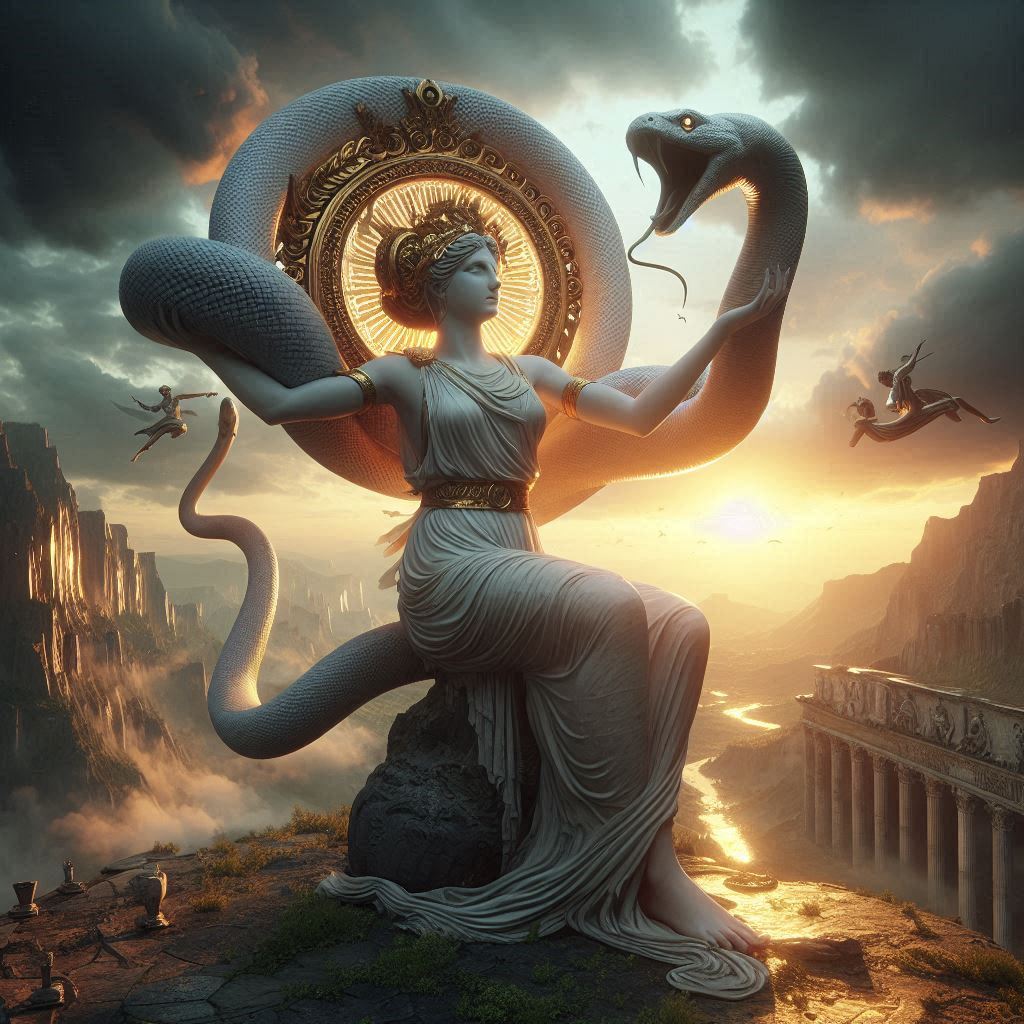Table of Contents
François-René de Chateaubriand: The Novelist of Romantic Origins
François-René de Chateaubriand is often regarded as the “father of French Romanticism.” His novels, though few, occupy a foundational place in the evolution of modern literature, for they introduced into French letters a new sensitivity, a heightened individuality, and a profound meditation on faith, exile, and the destiny of humankind. His prose, at once lyrical and grandiose, bridges Enlightenment rationalism and Romantic subjectivity, while his imaginative works foreshadow the later currents of both Victor Hugo and Lamartine. To understand Chateaubriand as a novelist is to perceive him as a writer who transformed personal despair into universal reflection and who gave to French literature its first truly Romantic landscapes.

Atala (1801): Exoticism and Christian Allegory
Chateaubriand’s career as a novelist was launched with Atala, subtitled “A Tale from the American Wilderness.” Written after his journey to the United States and published in 1801, the novella intertwines exotic landscapes, tragic love, and Christian morality. The story recounts the doomed love between Chactas, a Native American, and Atala, a Christian maiden bound by a vow of chastity.
What is striking in Atala is not merely the narrative itself but the way Chateaubriand transforms the wilderness of Louisiana into a symbolic landscape. The American forest, rivers, and mountains become backdrops of sublime beauty, magnifying human passions and sorrows. At the same time, the novel is deeply Christian: Atala’s sacrifice is presented as a higher form of spiritual fidelity, and her death is imbued with theological significance. This blending of exotic naturalism and Christian allegory was new in French fiction and helped establish the Romantic taste for distant lands, intense emotions, and spiritual drama.
René (1802): The Birth of Romantic Melancholy
If Atala gave Romanticism its exotic scenery, René gave it its defining psychological mood: melancholy. Published as part of Génie du christianisme (The Genius of Christianity), René tells the story of a young man unable to find meaning in society or family life. He is restless, solitary, consumed by vague desires and disillusionment. Ultimately, René withdraws from the world, embodying a spiritual exile that became a model for the Romantic hero.
The importance of René lies less in its plot than in its atmosphere and tone. It introduced into European literature what later critics would call the “mal du siècle,” or the malady of the age: a profound disquiet, a yearning for the infinite, and a dissatisfaction with social conventions. René is an archetype of Romantic alienation, a precursor to figures like Byron’s Childe Harold and Musset’s Confession of a Child of the Century. Through him, Chateaubriand gave voice to a new generation’s sense of existential malaise.
The Larger Vision: Christianity, History, and Nature
Both Atala and René were eventually absorbed into Génie du christianisme (1802), a massive apologetic work that sought to rehabilitate Christianity after the French Revolution. Chateaubriand used fiction not as an autonomous art but as a vessel for his broader vision of the sacred and the eternal. His novels always serve a dual purpose: to enchant the reader with powerful narrative and imagery, and to affirm the spiritual truth of Christianity as a foundation for civilization.
A distinctive feature of his prose is the close relationship between human feeling and natural environment. Forests, seas, and ruins are never mere scenery; they echo and magnify inner states of the soul. This stylistic hallmark marks the beginning of the Romantic landscape as we later find it in Hugo, George Sand, or even the Brontës.
Other Works of Fiction
Beyond Atala and René, Chateaubriand experimented with other fictional and semi-fictional forms. His Les Martyrs (1809) is a vast Christian epic novel that sought to rival Virgil and Milton in grandeur, situating early Christians against pagan Rome. Though less read today, it represents his ambition to fuse antiquity, Christianity, and Romantic aesthetics. Les Natchez, a sprawling novel set in America, explores colonial and indigenous encounters, though it remained unfinished and was published posthumously.
In all these works, Chateaubriand combined narrative invention with philosophical and religious reflection, aiming not at entertainment but at a literary edifice that would embody his vision of history and eternity.
Influence and Legacy
As a novelist, Chateaubriand was more a precursor than a consummate master. His narratives are sometimes criticized as overly rhetorical, episodic, or allegorical. Yet his influence is undeniable. He introduced into French prose the voice of the solitary wanderer, the sublime grandeur of nature, and the moral tension between earthly desire and spiritual duty. Without René, the Byronic hero might have taken a different shape; without Atala, the taste for exotic settings in Romantic fiction might have lacked its first spark.
Chateaubriand also shaped the identity of Romanticism as both literary and spiritual. While his contemporaries in Germany, such as Novalis, or in Britain, like Wordsworth, were pursuing Romantic introspection, Chateaubriand gave France a figure who embodied the same sensibility but in a Catholic and aristocratic idiom.
Conclusion
François-René de Chateaubriand remains one of the great architects of Romanticism. His novels, especially Atala and René, are less remarkable for their plots than for the new sensibility they introduced—an inward gaze, a melancholy spirit, and a profound intertwining of nature, faith, and human passion. They stand as the threshold where Enlightenment rationalism gave way to Romantic yearning, and where modern literature began to explore the full depth of the solitary self.
In Chateaubriand, the novelist and the thinker are inseparable. His works are not escapist tales but existential meditations in narrative form, laying the groundwork for the literary explorations of the 19th century. To read him today is to encounter the birth of Romantic melancholy, expressed in a prose that seeks eternity in both love and in loss.


No responses yet